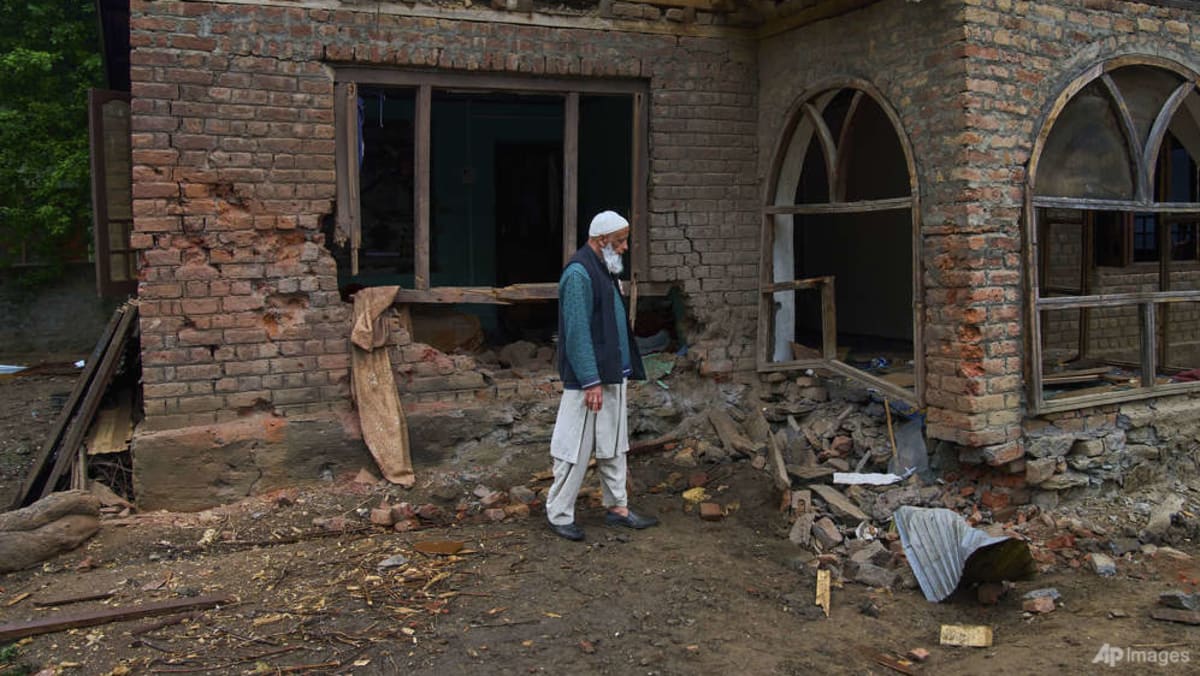How is shingles different from chickenpox?
Shingles is caused by the same varicella-zoster virus as chickenpox.
Both cause itches and aches but the two illnesses differ in how they develop and who they commonly affect.
While chickenpox happens most often in childhood, the virus stays in the body and can reactivate later in life, developing into shingles.
Those who have had chickenpox before therefore may be at risk of shingles down the road, especially past the age of 50.
While chickenpox is highly contagious – spreading via blisters, saliva or mucus of those infected – shingles is not passed from person to person.
However, a person who has never had chickenpox can contract the infection from someone who has shingles.
Symptoms like fever and headache for both illnesses are similar.
For those with chickenpox, bumps appear about two days after other symptoms, turning into fluid-filled blisters that eventually scab and fall off.
A shingles rash, on the other hand, leads to red patches and painful blisters and usually affects one side of the body.
What are the types of shingles vaccine available?
There are two types of vaccines available – the recombinant shingles vaccine and live shingles vaccine, according to national digital health platform HealthHub.
The recombinant shingles vaccine does not contain the live virus, but contains the shingles “code” for the body to recognise and obtain immunity from, it said. The live shingles vaccine contains the weakened virus.
Shingrix is more effective at preventing shingles than the older Zostavax – a live vaccine, according to an article on the National Centre for Infectious Diseases website.
Shingrix offers more than 90 per cent protection, while Zostavax provides 50 to 60 per cent protection, it said.














